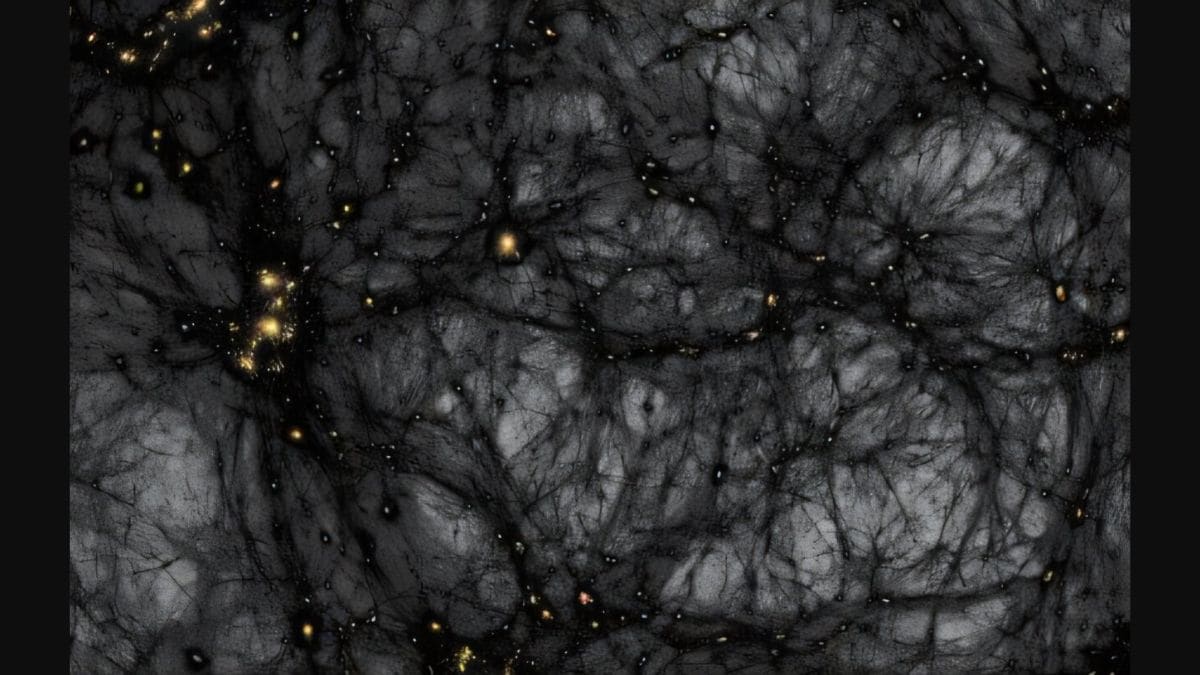New Inelastic Dark Matter Model Could Bypass Current Limits of Particle Detection

A group of physicists at the University of São Paulo’s Institute of Physics has proposed a model of the behaviour of dark matter (DM) in the presence of dark energy (DE) that is compatible with current astronomical observations. A model of inelastic DM can be realised from light-weight particles, which are collectively interacting through the massive vector mediator, and the model is an alternative explanation for DM relics in the universe. Importantly, this framework may have the potential to circumvent the experimental hurdles for the detection of DM that have thus far kept it in the dark. The findings are published in the Journal of High Energy Physics, and its authors believe it has the potential to “revolutionise” how particle physics analyses are conducted in the future.
As per the users’ report, they have developed the following new model: a heavy, stable DM from a light, unstable one. This can be expressed as a heavy stable DM due to a heavy unstable one, which may give rise to the “thermal freeze-out” in the universe. It doesn’t just interact with visible matter but with dark matter as well, and that’s how you get the new observational windows.
To explain why the dark matter has not been observed until now, the model further involves a decay of the unstable dark matter χ2 to some species not disturbing the CBR, and thus also not presenting a visible/observable decay signal. The picture is consistent with current astrophysical and experimental constraints, avoiding simpler `vanilla’ DM scenarios.
ZQ-induced vector mediators are light portals connecting the two sectors and may mediate the direct interactions between the dark sector and the SM particles. The black line indicates the region in the parameter space where dark matter can be hiding unobserved — this is to be addressed in future experiments.
The study suggests the search for dark matter should pivot from the “discovery frontier”, in which exquisitely sensitive instruments scan for signals, to the “intensity frontier”, which seeks ever-finer measurements to tease out anomalies. Future experiments will seek to dig more deeply into these unexplained corners of particle physics with a new online tool.